12/14/14 My Thoughts on the new Phase One A Series of Cameras

I have some thoughts on the newly announced Phase One A Series cameras.
Back during the 2014 Photokina show, Phase One announced a joint venture with Alpa cameras. Alpa is one of several camera companies that specializes in “technical” cameras, for medium format digital backs, and film. Others companies that come to mind are Cambo and Arca. Phase mentioned that the partnership would produce several new photography products obviously combined parts from both companies.
About 2 weeks ago, the first series of new products were announced, the Phase One A cameras. There were 3 models, A250, A260 and A280. The Phase One contribution was a digital back, and Alpa contributed their TC camera and with 3 Rodenstock lens options, 23mm HR, 35mm HR and 70mm HR. Alpa also included their excellent iPhone mount with the package, more on this a bit later.
No new products were announced, just existing equipment from both companies, but it was an excellent packaging solution as now any Phase One dealer, just became an Alpa dealer also, as the the A series cameras are sold only by an authorized Phase One dealer. So Alpa gained potential market share with this move. Here is a shot of the Phase One A Series showing the Phase One back, Alpa TC and the iPhone holder for Live View WiFi.
But one thing was announced that may have slipped by many photographers, and that was an automatic LCC correction process. With any tech camera lens, you have to take an LCC (Lens Cast Correction) frame following a exposure. This adds quite a bit of extra processing in post since you have to work up the LCC and also remember to shoot it. With this announcement, Phase One implies that they are going to provide a process that somehow allows the Phase One back to apply the LCC correction to the raw file, so that you won’t have to bother with this later on, and worry about if you forgot to shoot an LCC.
Pricing is a bit high, but it’s a Phase One, Alpa, and Rodenstock solution, so that is to be expected.
Looks like all the models come stock with the Rodenstock 35mm HR lens and are priced below at US list:
- A280 $55,000.00
- A260 $48,000.00
- A250 $47,000.00
You can also order the 23mm HR lens (which has the name Alpagon) for $9,070.00 more and the 70mm HR lens for $4,250.00. It will be interesting to see how many of these units are sold. I expect the sales numbers to be the highest in China as that’s where it seems the vast majority of new Phase One backs are being sold.
At first my thoughts were “so what”, all of this equipment already existed, albeit you had to purchase it all separately through a Phase One dealer and an Alpa dealer (note many Phase One dealers also are Alpa dealers). But, by purchasing all of the various components as an A camera, the photographer gains the support of Phase One for the entire system, which is a nice asset.
During this same timeframe, Phase One announced that it was now possible to send the Live View feed from the IQ250 to an iPhone running Capture Pilot. This is possible since the IQ250 is a CMOS back, and has a much more modern Live View. This to me is a huge feature, as you now can have the iPhone mounted to the A series camera which allows a tilting LCD. The advantages of a tilting LCD are numerous:
- You can position the screen to avoid glare
- The camera can be used in a waist level position
- When working on subject matter low to the ground, you can see your subject on the iPhone
- The iPhone screen is larger and consider the iPhone 6 and 6+ with even larger screens
Now it’s possible to hand hold Phase One back, while using an excellent Rodenstock lens, in either a waist level position (which is much more stable), or traditional eye level. You have 100% control of focus, since you are using Live View. The shutter is still a manual Copol 0, which has to be cocked before each shot, but I feel this a very versatile solution.
There are a few things to consider before you make a decision to go with a Phase One A series camera:
- The Alpa TC (travel compact) camera does not offer any movements, such as tilt, shift, and rise, fall.
- The Rodenstock HR lenses that are offered are all older lenses with smaller image circles @ 70mm vs 90mm on the more modern HR-W lenses
- The A260 and A280 will not have the advantage of using Live View in combination with an iPhone and Capture Pilot.
Looking forward, this is pretty neat solution, as it’s the first one I have seen that allows the iPhone/Live View solution with the IQ250. The fact that the Alpa TC offers no movements, allows for the ability to keep the LCC corrections on board with the back. This would be pretty much impossible with movements as there would be no way to have a preset LCC correct that could be applied to everyone’s movements since they would all be different to some degree. Since the Alpa TC has no movement and the thus the lens stays in one plane at all times, this makes the process of a preset LCC correction much easier.
The only platform that I can really see much advantage with is the IQ250. The IQ260 and IWQ280 both offer WiFi connections to Capture Pilot software but currently don’t offer a Live View connection. Also live view on a CCD back basically is nothing close to live view on a CMOS back. The refresh rate is much slower and you have a real problem with blooming anytime you adjust the aperture. With a IQ250 camera, (note neither the IQ150 or Credo 50 offer WiFi), the photographer has a very neat solution. One that offers the options of using the iPhone as a waist level finder, or just giving you the ability to angle the iPhone out of direct sunlight to allow for better viewing. The Alpa TC has a nice shutter release built into the handle which just adds to the ease of use. With the 3 lenses that Phase One is offering, you can pretty much cover a lot of focal length. One must remember, the IQ250 is a 1:3 cropped sensor so the 35mm HR Rodenstock will have a field of view of 46mm instead of the 35mm view that would be offered on the full frame chips with the IQ260 and IQ280.
This is just the first offering from Phase One and Alpa, and it’s a safe bet as Phase One continues to move forward with CMOS development, more joint solutions will be brought to market.



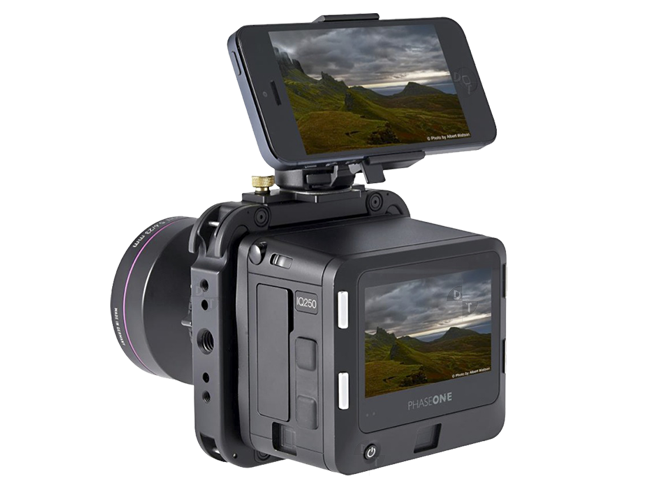



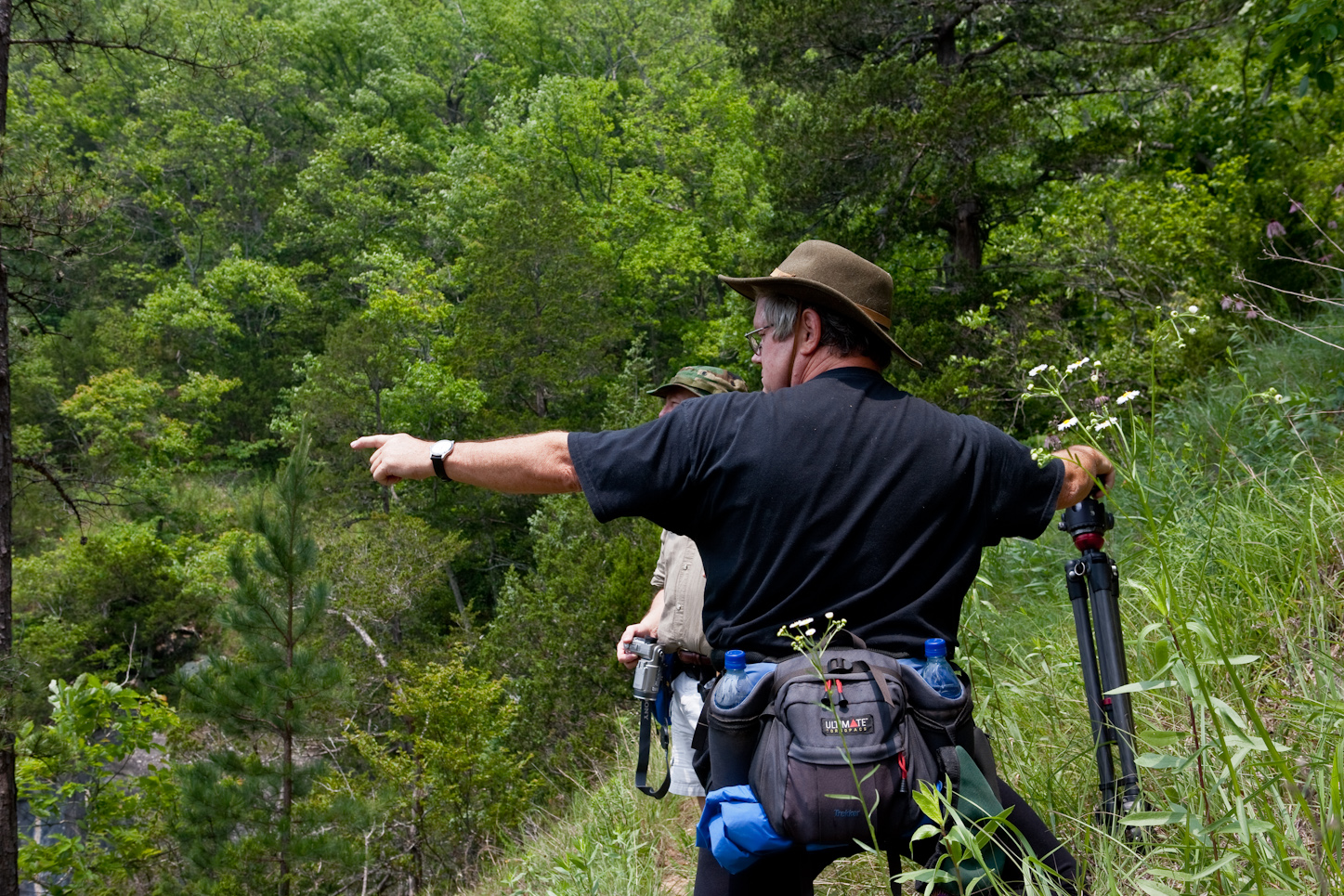

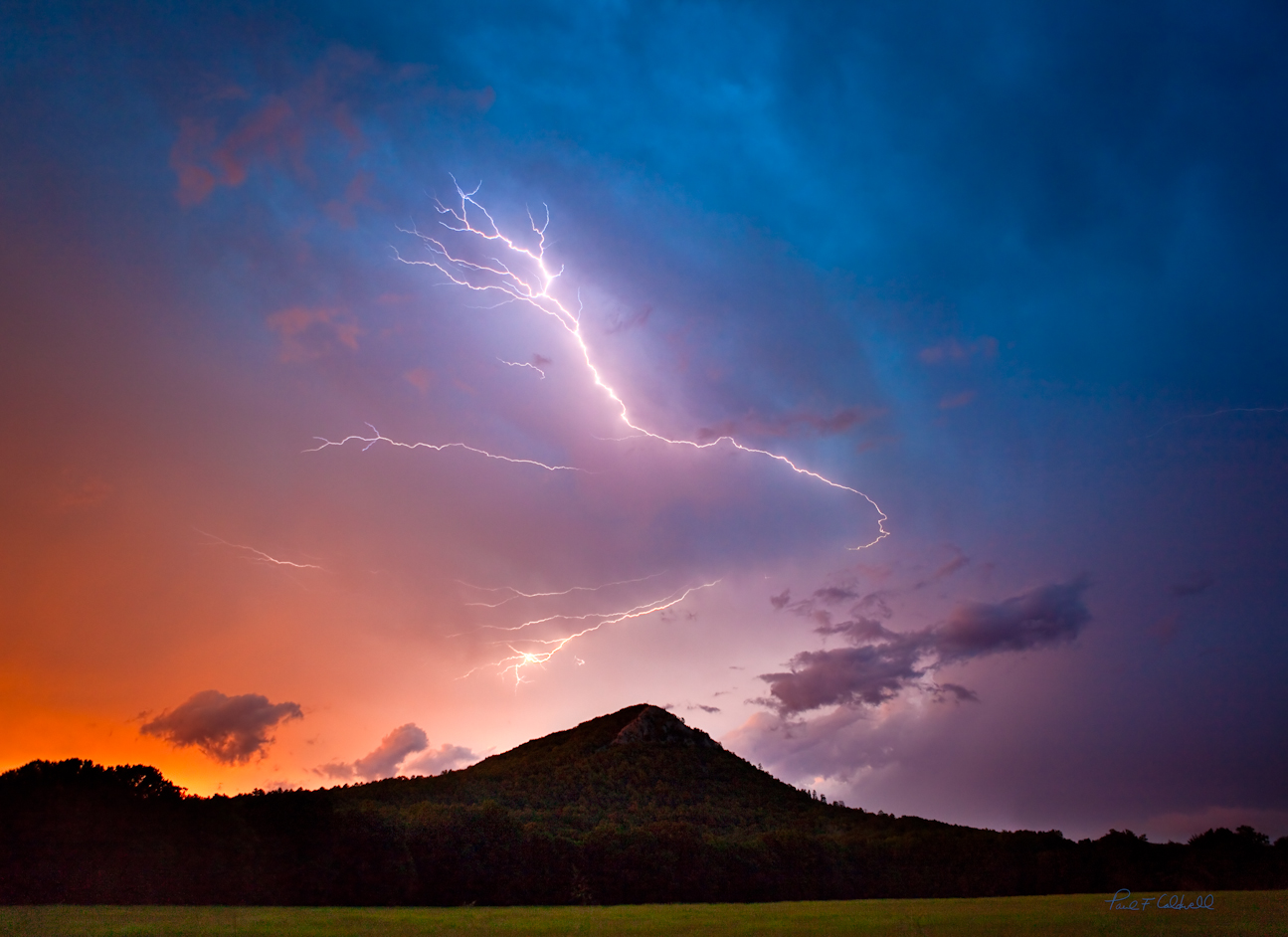


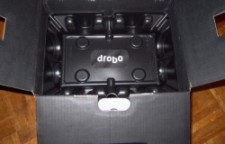


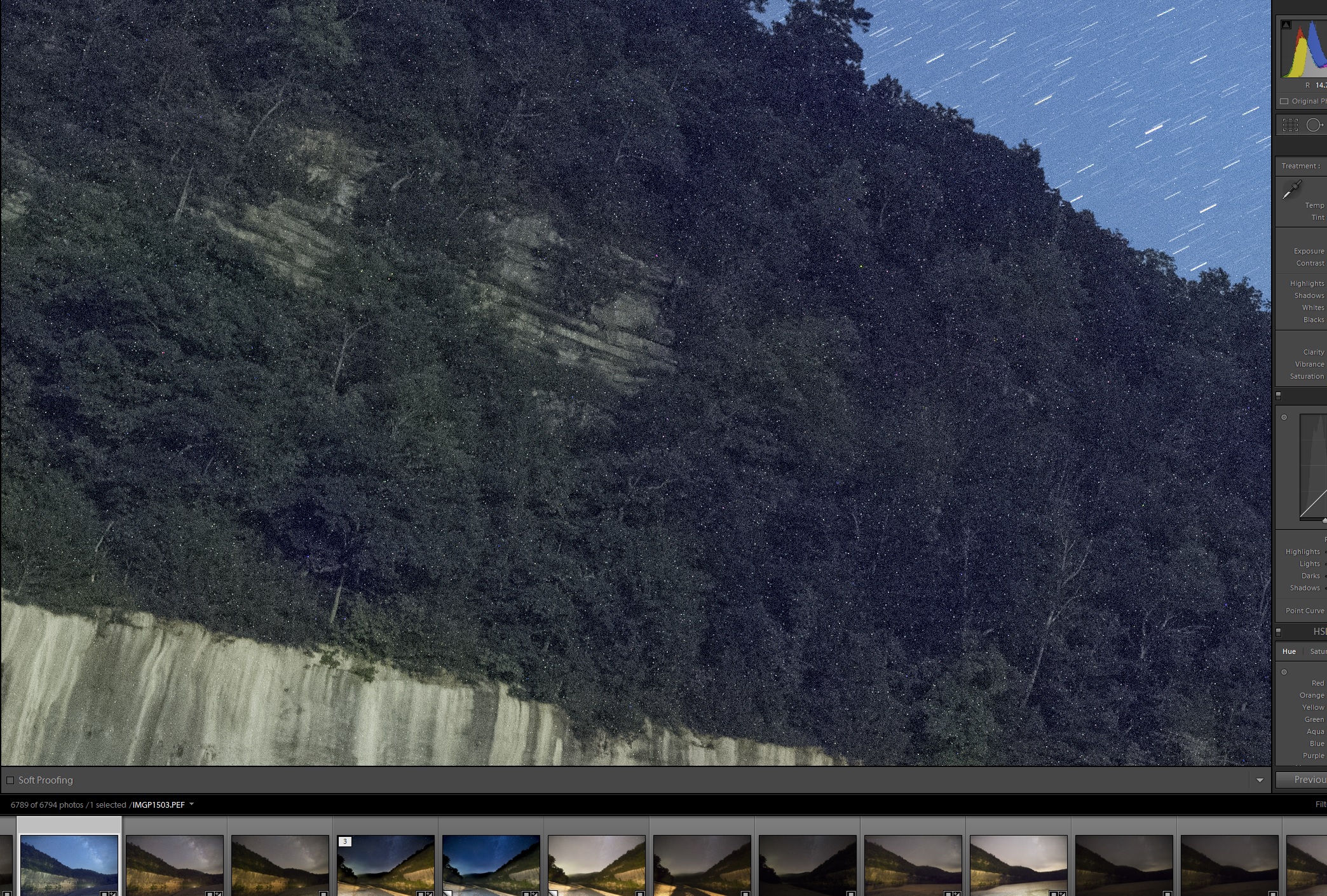
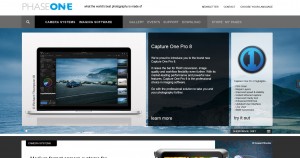

Matthias Roesch
Hello,
the Alpagon HR 5.6/70 is based on the Rodenstock HR Digaron-W 5.6/70, and offers an image circle of 100 mm. The other two lenses for the Phase One A are S-type HR Digarons, which indeed are limited to 70 mm image circle (see http://www.alpa.ch)
Regards
Matthias
Matthias Roesch
Hello,
the HR Alpagon 5.6/70 offers an image circle of 100 mm, not 70 mm.
Matthias